So far this review has focused on the Belair’s features and how it handles, but of course it’s the results that matter most. This is where the rubber meets the road, or to put it in photographic terms, where the photons meet the emulsion. It doesn’t take much to see that all the features, attractive pricing, and marketing hype don’t amount to a hill of beans if the resulting photos aren’t good.
But what exactly is “good?” That’s mostly up to you. To help you figure out if the Belair is good enough, I’ve assembled a series of test photos. These were all captured with the camera mounted on a tripod and the lens set to infinity focus. (The subject was actually about 20 meters away, which even at f/8 should easily be in sharp focus.) I used Fuji Acros 100 film, which I developed, scanned, and then processed in Photoshop. An identical, small amount of sharpening was applied to each frame to compensate for the fuzziness introduced in the scanning process. The photos shot at f/16 required additional contrast adjustment to bring their tonal range into line with the f/8 images. (This was to compensate for an underexposure problem with the f/16 shots, the cause of which I’m still investigating.) Otherwise, what you see is what I got.
As noted previously, both Belair lenses have plastic optics. This doesn’t preclude good results, but it does limit an optician’s design options. It’s a bit like asking a chef to make a sophisticated dish with a pantry stocked only with a few basic ingredients. You’re unlikely to find a gourmet treat on your plate, but you still might end up with something eatable.
So with those preliminaries and caveats out of the way, let’s have a look.
In the above examples, the f/16 image is clearly better than the one shot at f/8. What’s striking, however, is how suddenly and precipitously the sharpness drops off. Or, to look at it from a “glass half full” perspective, it’s noteworthy how much of the view is reasonably sharp.
With the 90mm lens, f/16 is again clearly better than f/8, and the images have significantly better image fidelity overall than the ones captured with the 58mm lens.
In the next series, we’ll look at a close-up crop taken from the upper left corner of each of the previous 6×12 photos. These more clearly show the nature and extent of the image breakdown.
These crops represent the worst-case scenarios for each lens. No surprises here really — the 58mm doesn’t look very good at the extremes of the 6×12 frame, but the 90mm at f/16 holds up reasonably well. The edge of a 6×9 image would correspond to the far right side of these crops.
The next series illustrates how each lens would perform if the 6×6 mask were used. These would be the “best case” in terms of image quality since only the sharp, central region of each lens’s focal plane is utilized.
These images tell me a great deal about the optical characteristics of the Belair lenses. I can see using the 90mm one at f/16 to make 6×6 photos, and even 6×9 and 6×12 shots when sharpness to the edge of the frame isn’t important. I’d rate the 90mm, f/16 6×6 image as pretty good and the other formats as marginally acceptable. Unsurprisingly, the 90mm lens at f/16 also yields the sharpest centre. As for the 58nm lens, I would rate it as acceptable at f/16 for wide-angle, 6×6 shots. That’s actually significant since this gives me a capability that my Yashica-Mat TLR and Agfa folder lack. I can’t, however, see myself using either lens at f/8.
Your standards and goals will undoubtedly be different from mine. Some might feel that giving up sharpness with the 58mm lens is an acceptable price to pay to gain a wide-angle, 6×12 capability. On the other hand, I’m sure some readers will find even the 6×6 image shot with the 90mm at f/16 is unacceptably compromised. To each his/her own. None the less, it’s important not to lose sight of the value represented by the current two-lens Belair package. Do I wish that the lenses were better? Of course. Is that realistic given the price? That’s highly debatable.
Lomography has announced the pending release of two new “Russian” glass lenses for the Belair that are promissed to deliver “awe-inspiring sharpness.” Considering the current ones are touted as yielding “never-before-seen sharpness, ” I’ll reserve judgement until I actually have a chance to try one of the new lenses myself.
Did you find this article interesting or helpful? If so, consider using this link the next time you shop at Amazon.com. Better yet, bookmark it for future use. Thanks to Amazon’s associates program, doing so costs you nothing yet helps keep this site up and running. Thanks!
To continue to Part 4, click here.


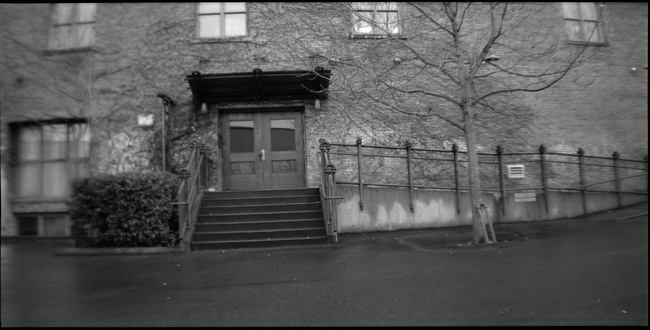


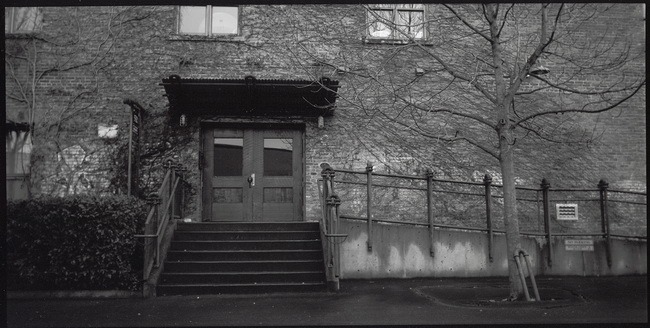
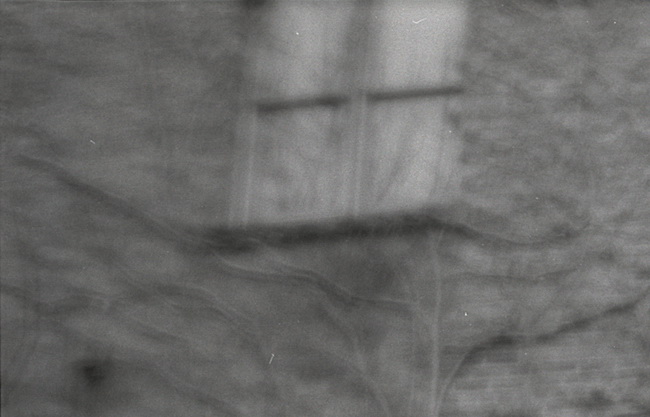
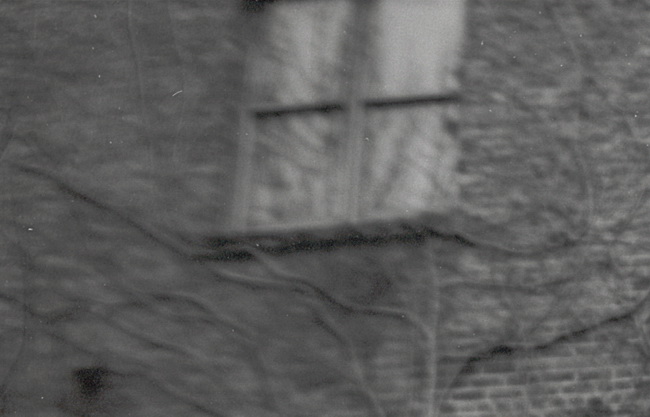

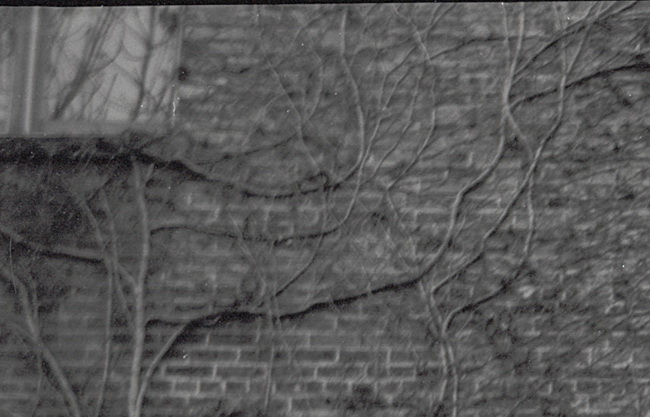
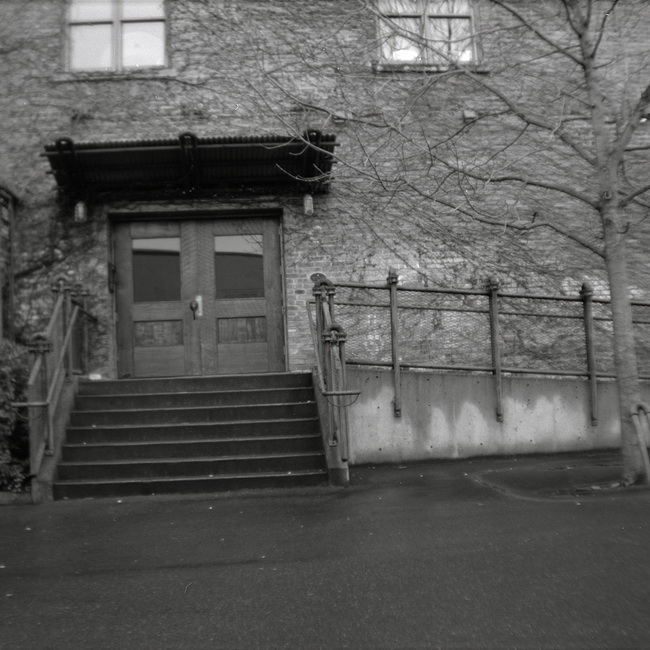



 Subscribe with RSS
Subscribe with RSS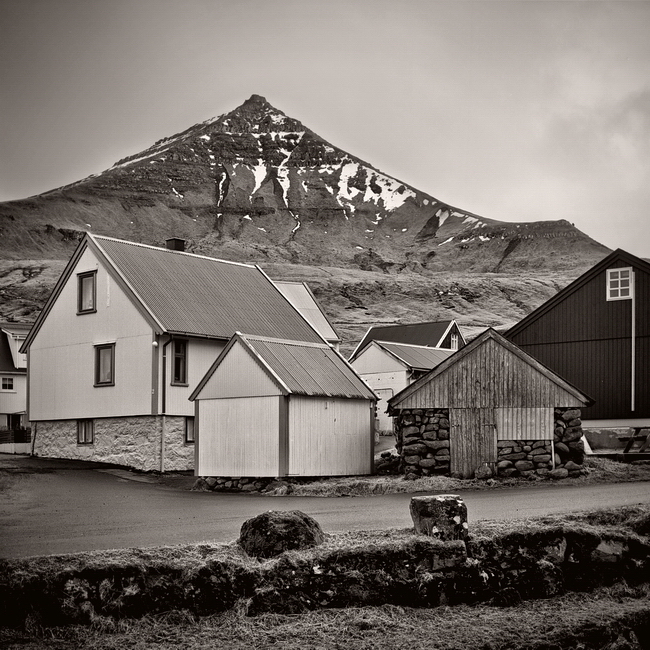
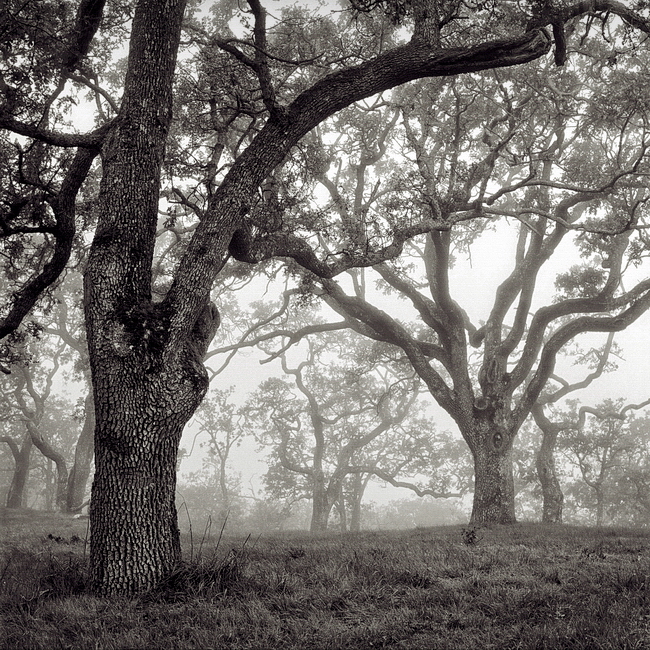

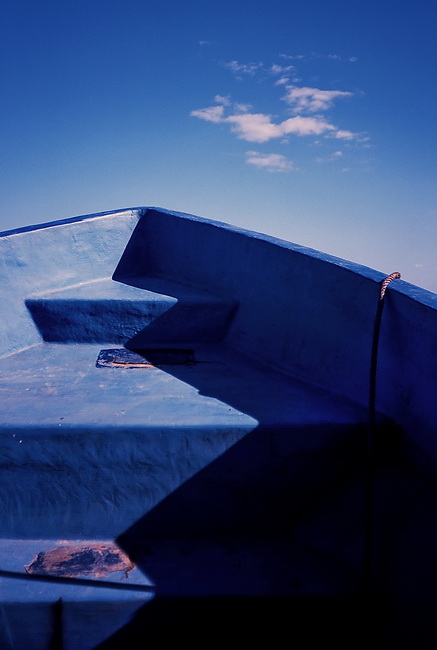

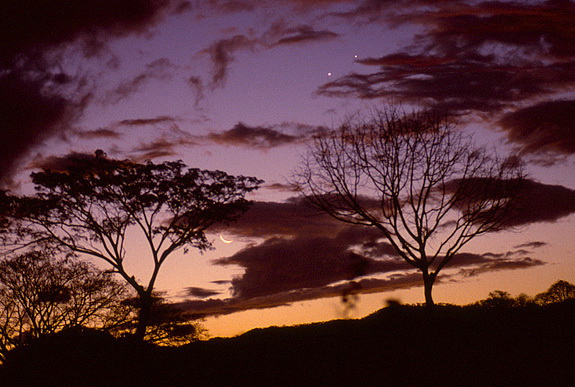
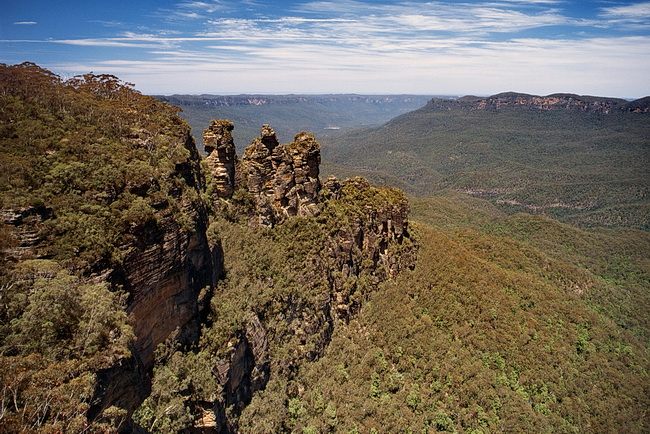
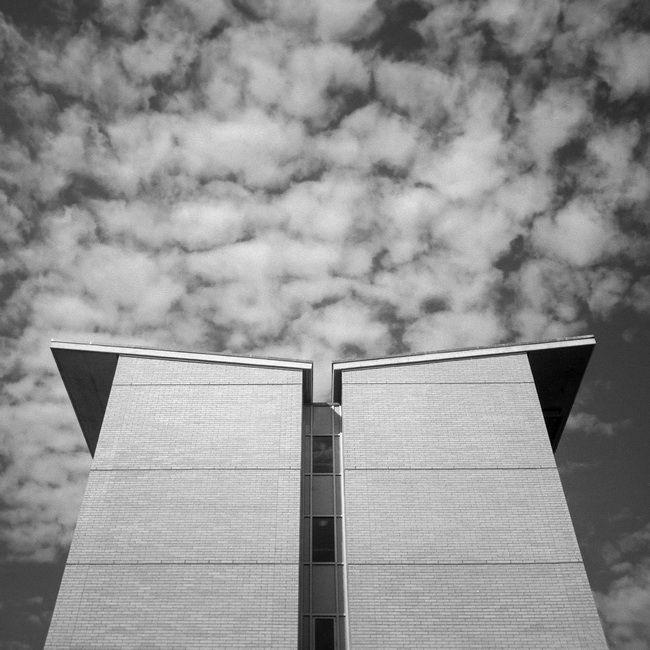
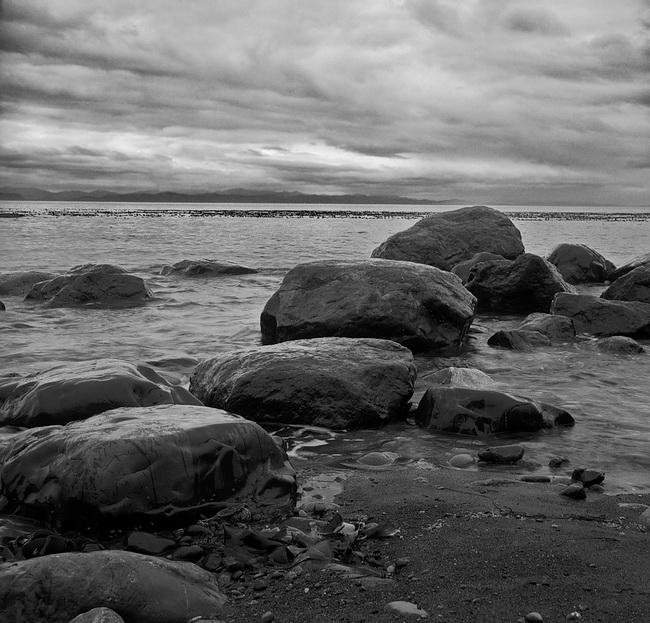

Thanks very much! Mine’s arriving in a couple days.
Do you feel that infinity is obtainable on your lenses? In the Flickr group, someone set up a ground glass calibration and found out that it’s impossible to get infinity on his lenses:
http://www.flickr.com/groups/lomobelair/discuss/72157632241052489/
Mine seems to focus fine — that doesn’t appear to be one of its issues.
Do you think that the sharpness falloff might in fact be due to the complete lack of any pressure plate? Of course it could also be a combination of factors. My general feeling is one of complete bemusement : they seem to expect this to be taken as a “serious” camera, but on that basis it’s just a waste of expensive film and processing. And those glass lenses are looking more and more vapour-filled….
I really don’t think the absence of a pressure plate is affecting the sharpness, at least not to a great extent. The camera only goes to f/8, which is pretty forgiving, and my experiments show that the back of the camera does appear to function as a pressure plate. I think the lack of sharpness is just down to the included lenses, which is why I’m interested to see if the new, glass lenses (when they arrive) may improve the image quality.